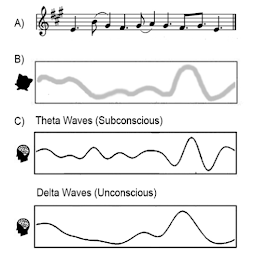Biomedical Science and Research Journals | Hepatic Adenomas Challenges to their Diagnosis and Management with Emphasis on the Bordeaux Classification

Hepatic Adenomas Challenges to their Diagnosis and Management with Emphasis on the Bordeaux Classification Goals and Learning Objectives a. To discuss the etiology and natural history of HA. b. To detail the importance of the Bordeaux Classification. c. To provide a comprehensive approach to their correct identification based on imaging and pathological features. d. To present the risk factors associate with hepatic carcinogenesis. e. To elaborate on the entity of hepatic adenomatosis. f. To detail on the state-of-the-art management of HA and adenomatosis. g. To emphasize their association to congenital cardiac conditions and other syndromes. Disclosure Statement Authors have nothing to disclose. Etiology and Natural History of Hepatic Adenomas (Ha) It has been postulated that disrupted hepatic vasculature results in the development of hepatic lesions including hepatic adenomas, FNH, and hemangiomas. The etiology of HA is that an altered hepatic circulation stimulates the evoluti...

